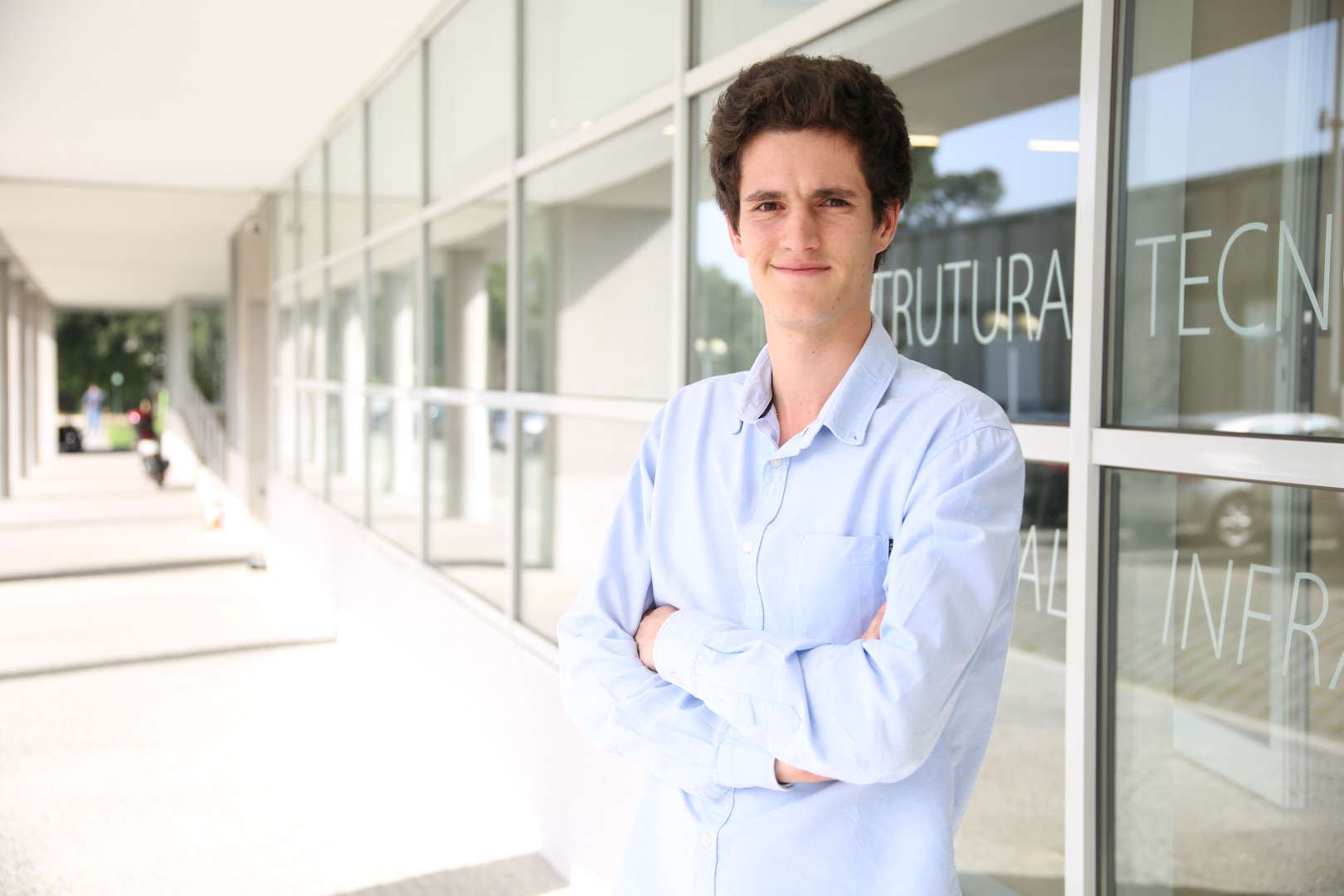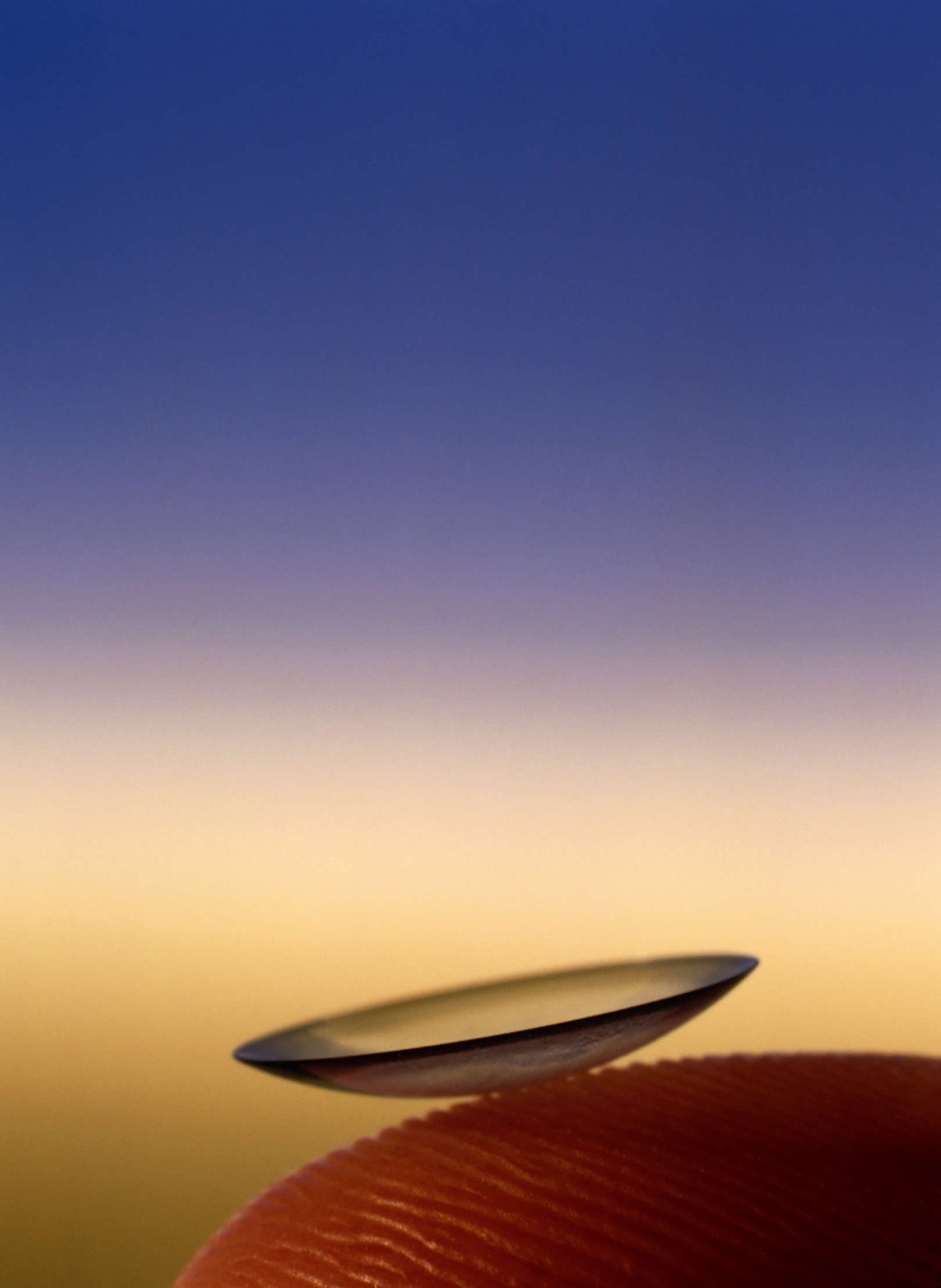Sobre
Duarte Dias é Engenheiro Biomédico no INESC TEC e Assistente de Coordenação do Centro de Engenharia Biomédica (CBER). É também professor convidado na Faculdade de Engenharia da Universidade do Porto. Tem uma experiência transversal em dispositivos de saúde vestíveis, fisiologia humana, desenvolvimento de hardware e firmware, processamento de sinais e análise de dados. É co-autor em mais de dez publicações científicas, incluindo uma revisão de primeiro autor em "Sensores" relacionada com Dispositivos de Saúde Úteis, com mais de 100 citações. O seu interesse pelo empreendedorismo e transferência de tecnologia leva-o a apoiar e a envolver-se na criação de dois spin-offs no INESC TEC.




